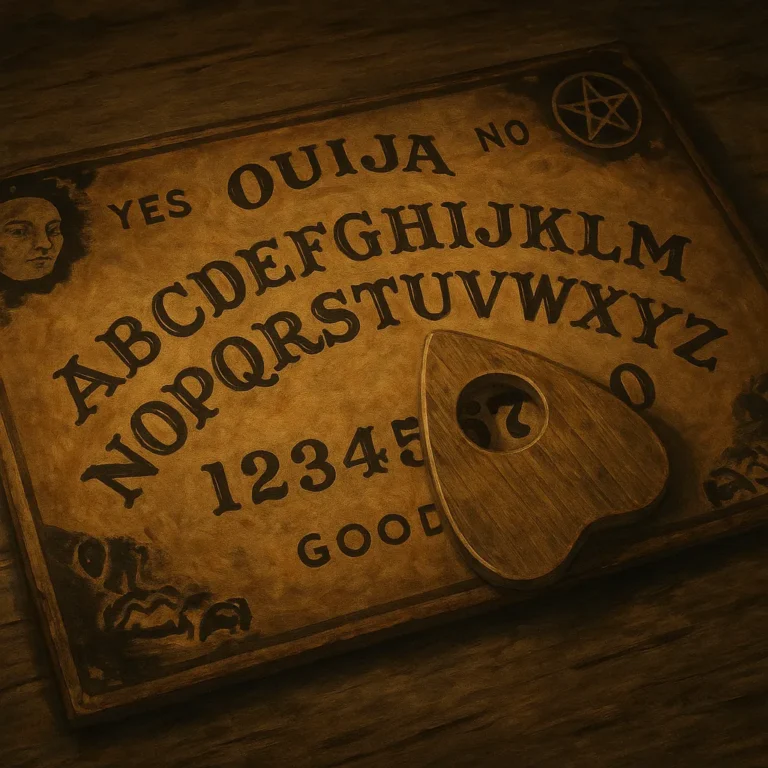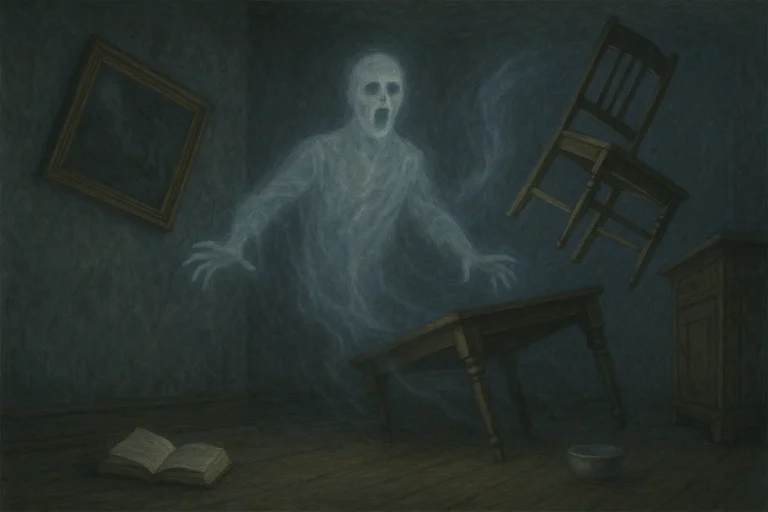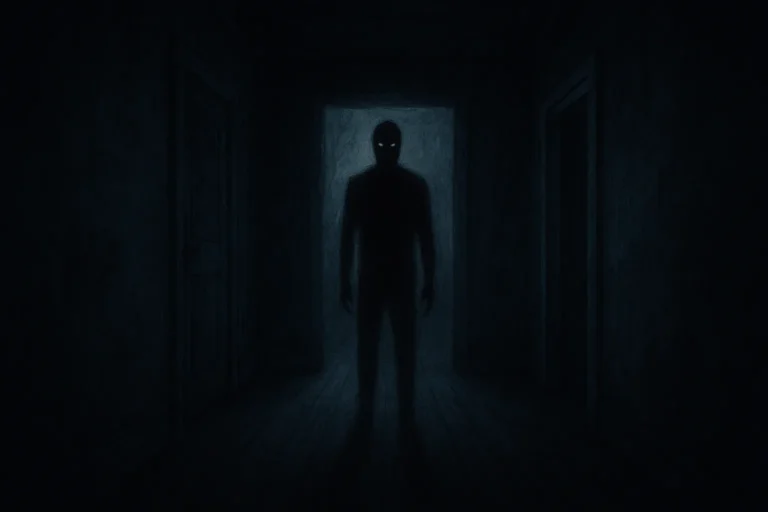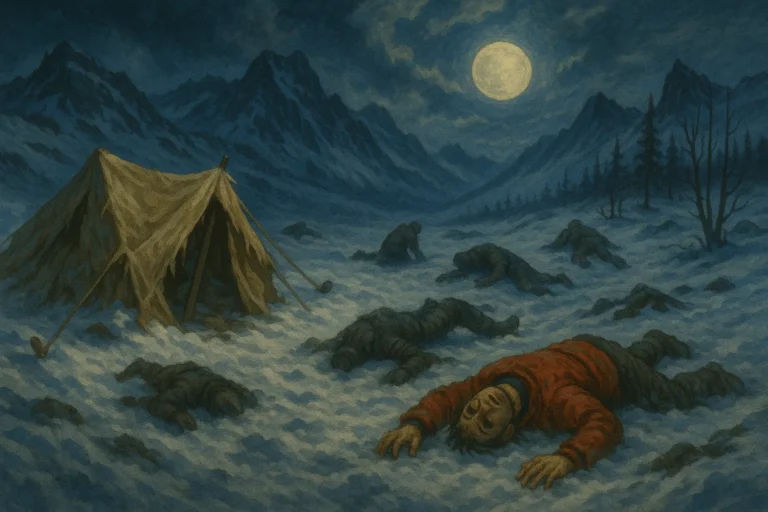Demonic Possession & Exorcism: Confronting the Darkness Within
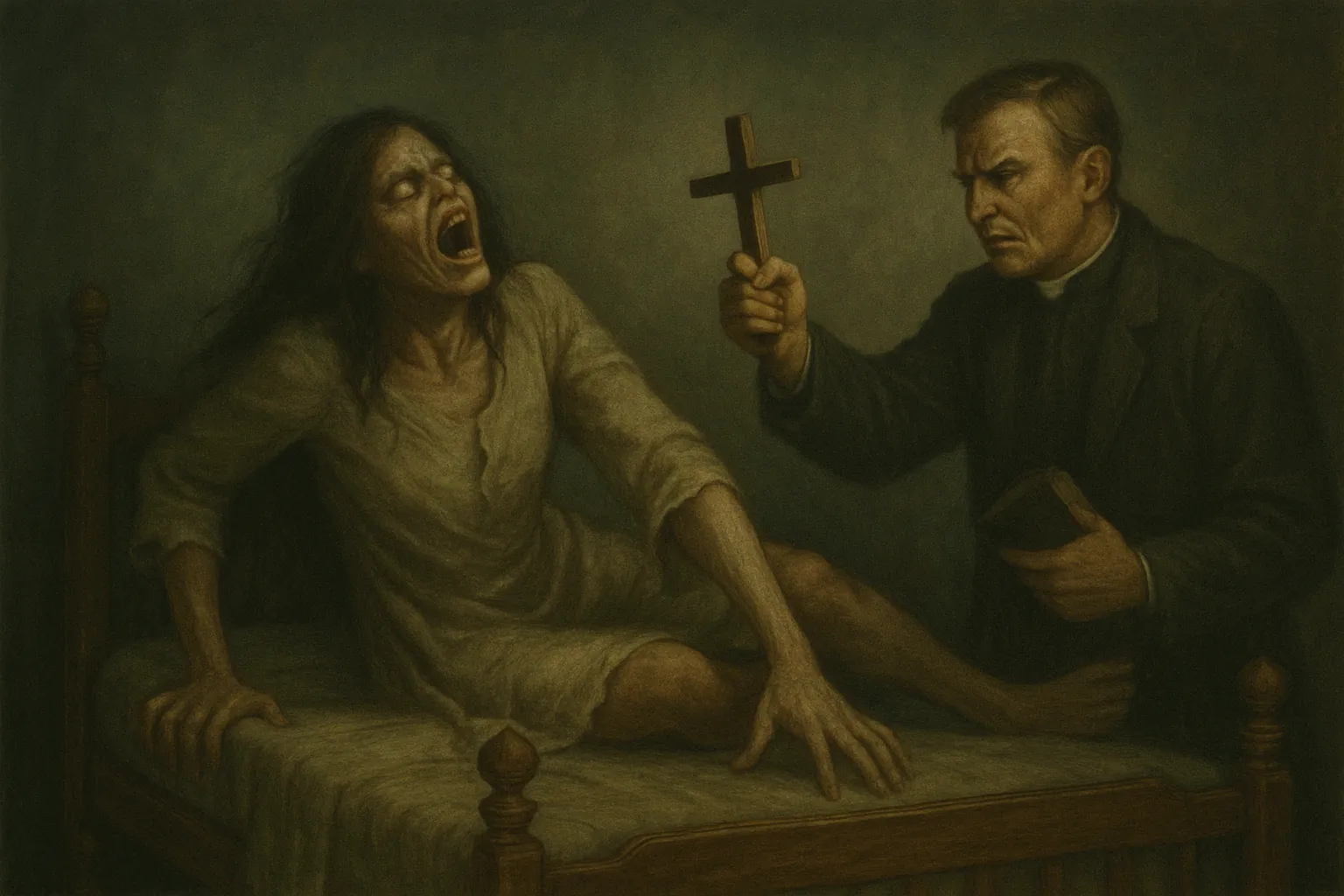
There’s something uniquely terrifying about the idea of losing control of your own body — your thoughts twisted, your voice no longer your own. For centuries, people across cultures have believed that such a fate is not only possible, but real. Demonic possession, the idea that a malevolent force can take hold of a human being, is one of the oldest and most chilling concepts in the world of the paranormal.
But is this just a myth born from misunderstanding mental illness? Or could there be something more sinister at play — something beyond science, lurking just out of reach?
The topic of possession pulls us into a world where religion, psychology, folklore, and fear all overlap. And at the center of that world is a ritual said to be the only defense: the exorcism.
📖 A History Etched in Shadows
Stories of possession aren’t unique to Christianity. In fact, nearly every belief system has some version of spirit intrusion — from the djinn in Islamic tradition to malevolent ancestors in certain African cultures. But it’s within Catholicism that the formal practice of exorcism has become most deeply rooted and ritualized.
The New Testament includes multiple accounts of Jesus casting out demons. These stories formed the theological foundation for the Church’s understanding of possession. By the Middle Ages, exorcisms had evolved into ceremonial rites, often performed in Latin and under strict guidelines. The Rituale Romanum, first published in 1614, laid out the official steps a priest must follow to expel a demon.
While belief in possession faded in some parts of the world during the Age of Enlightenment, it never disappeared. In fact, in recent decades, demand for exorcists has quietly risen, with the Catholic Church training more clergy in the rite than ever before. According to a 2018 report by The Guardian, the Vatican even held a week-long conference on exorcism training due to increased global demand.
So why, in an age of neuroscience and modern medicine, are people still turning to ancient rituals?
🗣️ Signs of the Unseen
Accounts of possession tend to follow a familiar pattern — an individual begins behaving in ways that seem wildly out of character. They might speak in unknown languages, demonstrate superhuman strength, or react violently to religious symbols. Voices change. Eyes darken. Sometimes, their body twists in unnatural ways.
In documented cases, victims have described intense feelings of being watched from the inside. Some report hearing voices that are not their own — taunting, threatening, whispering secrets they shouldn’t know. Families speak of cold spots, objects moving on their own, and a presence that seems to cling to the home itself.
One of the most well-known cases is that of Anneliese Michel, a German woman who underwent 67 exorcisms over ten months before dying in 1976. Her story inspired the 2005 film The Exorcism of Emily Rose. Her parents and two priests were later convicted of negligent homicide, but they maintained she was truly possessed. Her recordings — filled with disturbing growls and guttural voices — are still available online and continue to spark debate.
Could it have been severe mental illness left untreated? Or something darker that defied medical explanation?
⛪ The Rite of Exorcism
When the Catholic Church performs an exorcism, it does so with caution. Contrary to Hollywood portrayals, exorcisms aren’t dramatic free-for-alls filled with flying furniture. They are methodical, often quiet, and always performed with approval from a bishop. Before an exorcism is sanctioned, the Church typically requires a full psychological and medical evaluation.
Once approved, a trained priest will use the Rituale Romanum, reciting prayers, commanding the entity to leave in the name of Christ, and sprinkling holy water. Sometimes, the process lasts hours. In other cases, it can drag on for months or even years.
Modern-day exorcists often describe the experience as draining — both spiritually and physically. They talk of a palpable evil, a kind of pressure in the air, and moments where they question everything they thought they knew.
Still, many insist that true possessions are rare. Most suspected cases are ruled out after medical review. But when all rational explanations are exhausted, and the symptoms persist, some priests believe that what they face is not of this world.
🧠 Science vs. the Supernatural
Skeptics argue that demonic possession is better explained through mental health diagnoses — dissociative identity disorder, schizophrenia, or extreme trauma responses. The idea is that possession offers a culturally acceptable outlet for behavior society doesn’t understand. In other words, it’s the language of suffering, filtered through religious belief.
There’s merit to that argument. Historically, many so-called “possessed” individuals were later found to be struggling with undiagnosed conditions. But not always.
In some cases, psychologists and doctors have admitted they couldn’t explain what they saw. When people without any known language skills begin speaking fluent Latin or Hebrew, when physical strength defies normal human limits, and when prayers produce immediate and visible reactions — even the most skeptical observers take notice.
Could it be the power of belief? Mass hysteria? Or is there truly another force involved?
🕯️ Between Faith and Fear
Regardless of where you stand on the issue, one thing is clear: belief in demonic possession is deeply human. It taps into our most primal fear — the fear of losing ourselves. The idea that evil can worm its way inside, twist our minds, and take control is both horrifying and strangely compelling.
Exorcisms, then, become more than rituals. They’re acts of hope. Of resistance. Of light pushing back against darkness.
Whether viewed through the lens of theology or psychology, the stories of possession and exorcism continue to haunt us — not because we know they’re true, but because we can’t quite prove they’re not.
Maybe that’s why they endure. Maybe, in a world that explains so much, we need a few mysteries to remind us that not everything fits neatly into a diagnosis.

